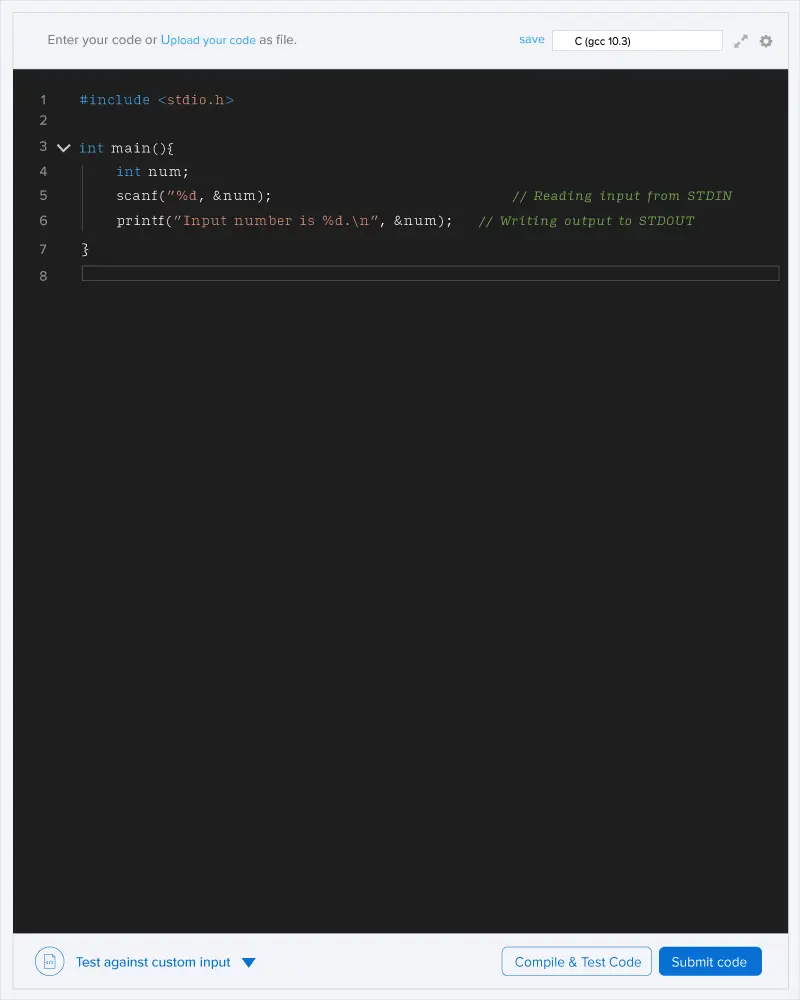Given a connected tree with N vertices and N−1 edges, you must answer M queries of the type:
- given three unique vertices A, B, and C, find if there exists a simple path that contains all three vertices.
Note: A simple path is a path in a tree that does not have repeating vertices.
Input format
- The first line contains a single integer T, which denotes the number of test cases.
- For each test case:
- The first line contains N denoting the number of vertices in the tree.
- The next N−1 lines contain 2 space-separated integers, u and v, indicating that there is an edge between vertices u & v.
- The next line contains M denoting the number of queries.
- The next M lines contain 3 unique space-separated integers, A, B, and C.
Output format
For each test case, answer all the M queries. For each query print Yes if there exists a simple path that contains all three vertices A, B, and C, otherwise print No. Print answer for each query in a new line.
Constraints
1≤T≤1053≤N≤2×1051≤u,v≤N1≤M≤2×1051≤A,B,C≤N The sum of all values of N over all test cases doesn't exceed 2×105The sum of all values of M over all test cases doesn't exceed 2×105
The first line denotes T = 1.
For test case 1:
We are given:
- N = 5
- M = 3
Now,
- For the first query, we have a simple path as 1→2→5→3, which contains all the three vertices 3, 1, and 2. Therefore the answer is Yes.
- For the Second query, we have a simple path as 4→2→5→3, which contains all the three vertices 2, 3, and 4. Therefore the answer is Yes.
- For the third query, there exists no simple path in the given tree which contains all the three vertices 1, 3, and 4. Therefore the answer is No.

